CNN
—
The water level of Lake Titicaca, the world’s highest and South America’s largest lake, is dropping rapidly after an unprecedented winter heat wave. Tourism, fishing and agriculture, on which local residents depend for their livelihoods, are affected by the staggering decline.
“We don’t know what we’ll do between now and December because the water will keep receding,” said Nazario Charca, 63, who lives on the lake and makes a living taking tourists around its waters.
Visitors have long been drawn to the blue waters and open skies of South America’s largest lake, which spans more than 3,200 square miles on the border of Peru and Bolivia.
Sometimes described as an “inland sea”, it is home to the Aymara, Quechua and Uros tribal communities and sits at about 3,800 meters (12,500 ft) in the central Andes mountain range, making it the highest navigable lake in the world. Extreme elevation exposes the lake to high levels of solar radiation, which increases evaporation and accounts for most of its water loss.
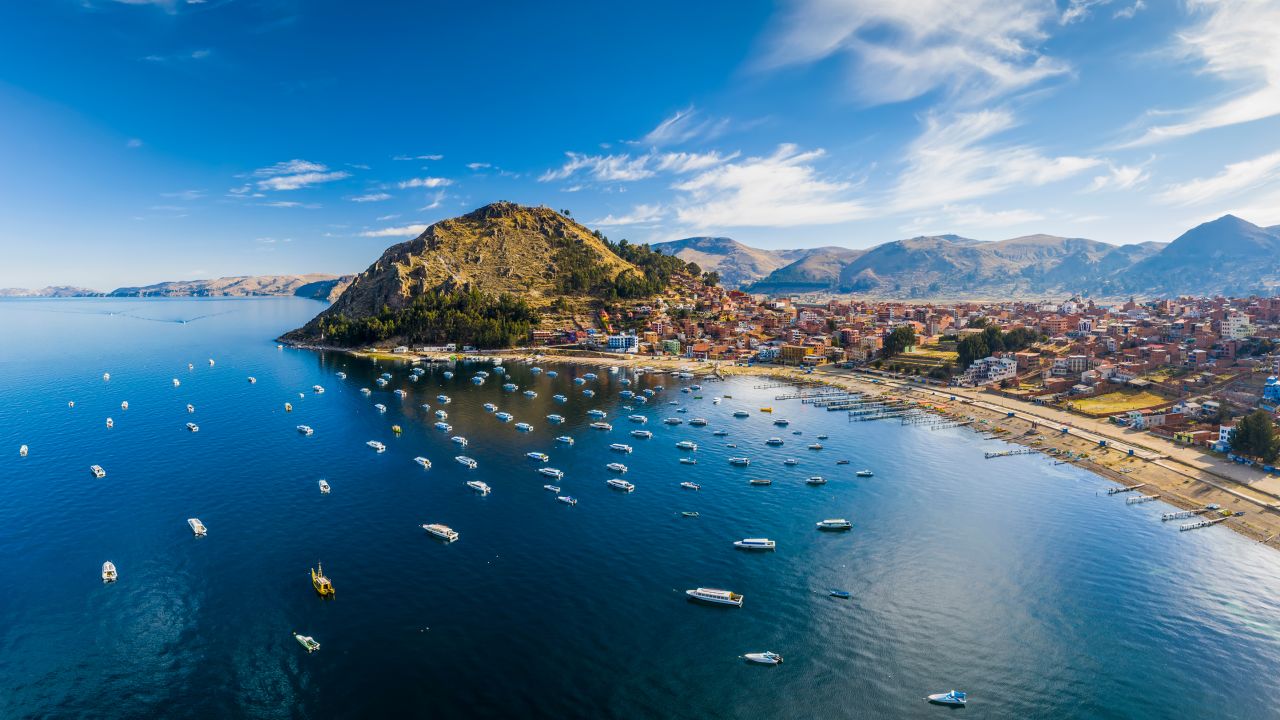
More than three million people live around the lake, relying on its waters to fish, farm and attract tourists, boosting the economy of an otherwise marginalized region.
Now the lake is in danger of losing that magic.
While water levels fluctuate every year, these changes have become more extreme due to the climate crisis. According to CNN meteorologist Taylor Ward, the winter heat wave led to evaporation and reduced lake levels, worsening the water shortage due to the drought.
Sixto Flores, director of Peru’s National Meteorological and Hydrological Service (Cenamhi) in Puno, told CNN that rainfall was 49% below average from August 2022 to March 2023, which covers the rainy season.
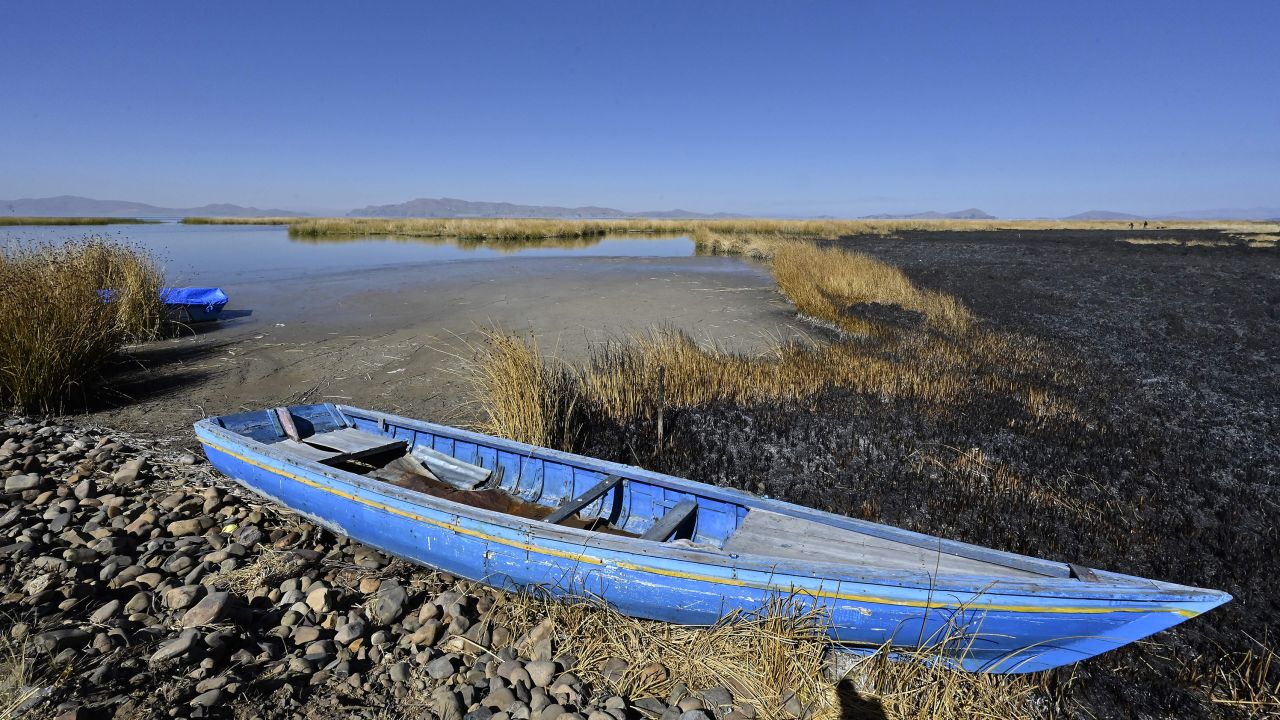
Flores told CNN that by December the water level would be headed toward the lowest level recorded since 1996, which he described as “extremely extreme.”
Flores said this is part of a “gradual decline” in the lake’s water levels in recent years, and a recent study that analyzed satellite images from 1992-2020 showed that Lake Titicaca is losing 120 million metric tons of water annually. The authors say this is primarily due to changes in rainfall and run-off.
Communities that rely on fishing are struggling as low water levels add to mounting problems: depletion of fish stocks due to pollution and overfishing.
Agriculture has also been affected by the drought, with regional officials reporting that crops were badly affected during the last harvest season. Most of the quinoa and potato crops, both local staples, have been affected, as well as oats used to feed livestock.
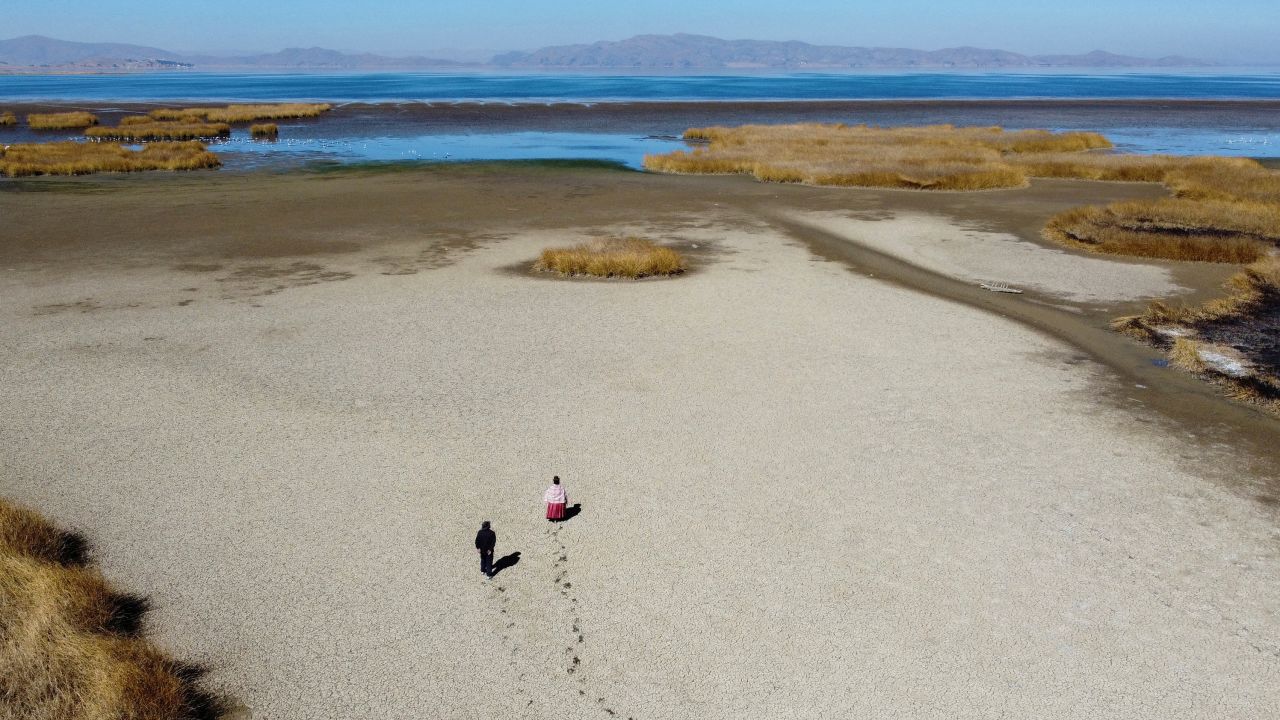
The tourism economy was also affected as the boats used to ferry visitors around the lake became stranded due to drying up.
“We are very worried because the water level is very low right now,” said Julian Hutamarca, 36, who sells locally made textiles to visitors to Daguil Island.
“We want tourists, especially foreign tourists, to come back,” he said.
The Puno region, which encompasses the entire Peruvian side of Lake Titicaca, has long been known as an underdeveloped and marginalized part of the country.
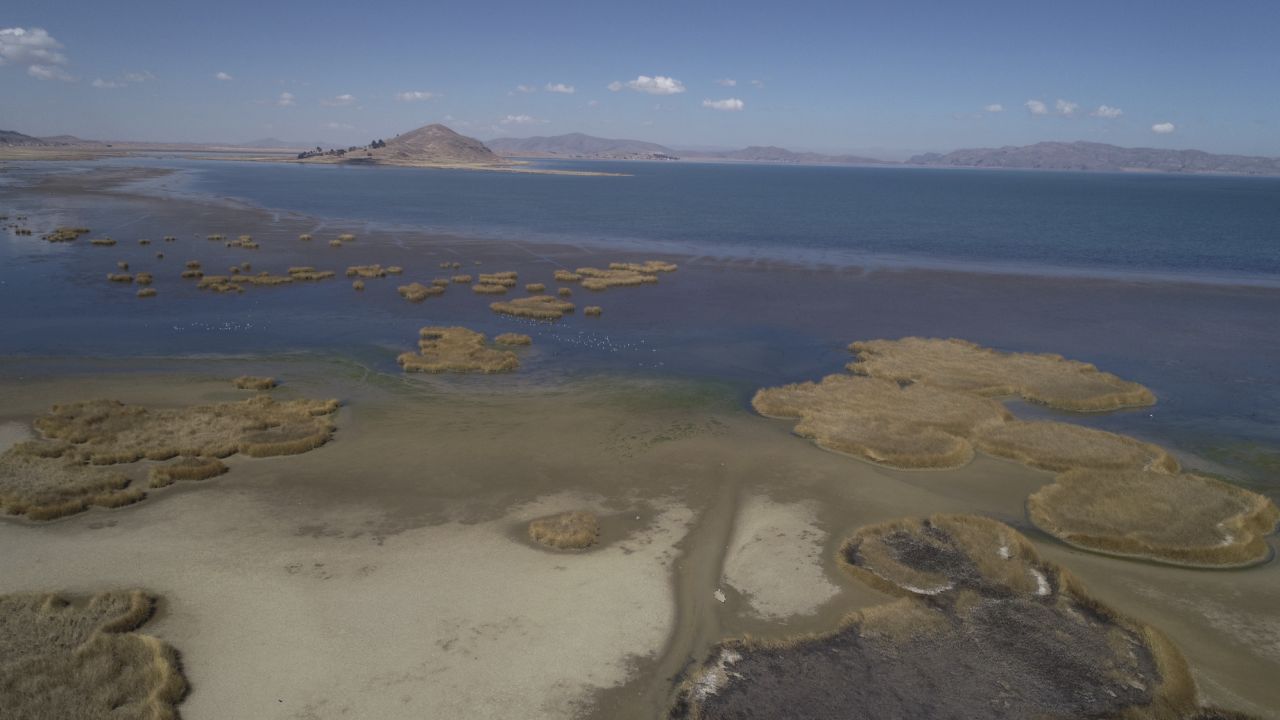
More recently, the economy has been hit by the Covid-19 pandemic and waves of social unrest. Puno has become the epicenter of protests calling for the resignation of President Tina Polwarte, building on anger over decades of inequality, allegations of corruption and stagnant living standards.
Huattamarca told CNN that visitors were not allowed to visit the area during the protests. “They were a bit scared to go,” he said.
Many have left the area in recent years, especially during epidemics, Huattamarca said.
“They don’t have enough money for basic needs like food,” he said.
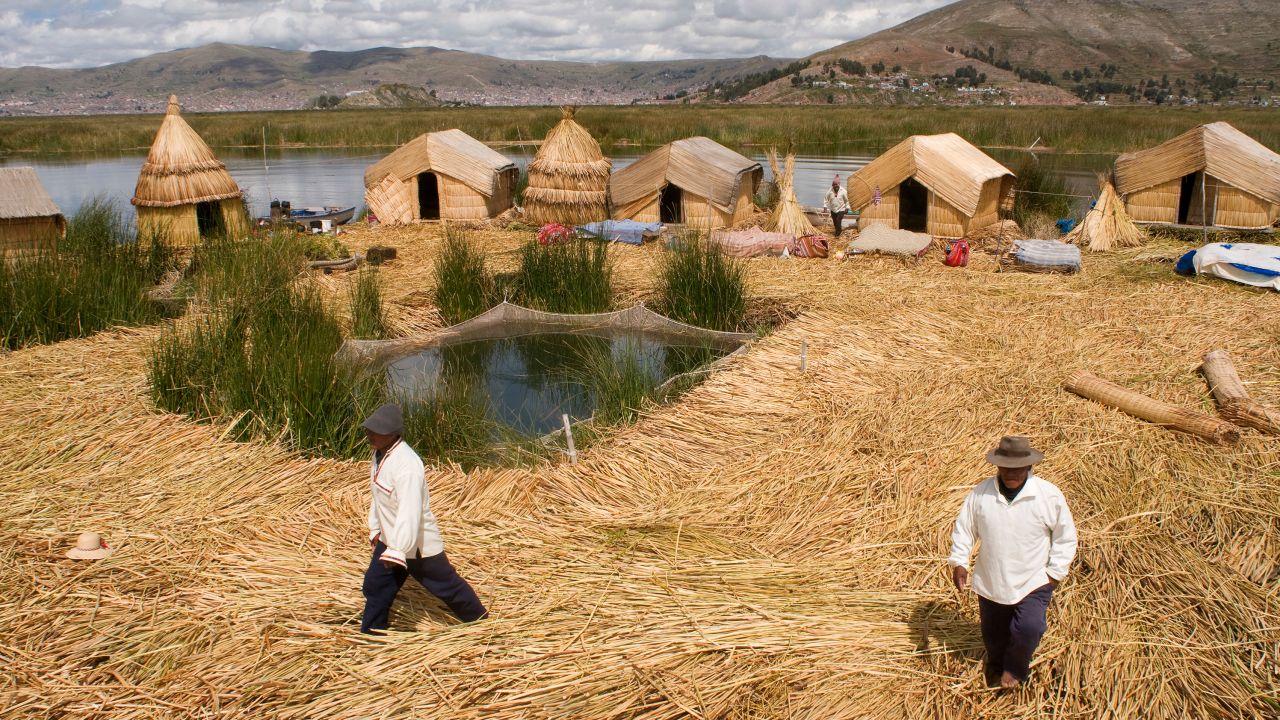
Recent history suggests that the current drought may push more people from their homes, as a previous drought in 1991 caused waves of migration as subsistence economies collapsed due to food shortages.
For others, like Sarka, drought disrupts lifestyles. Charka is part of the Uros tribal group that lives on islands made of dry todora reeds floating in the lake. For centuries, the Uros have woven reeds into islands, as well as used them to build buildings and boats, but Sarka worries that low water levels mean there are fewer reeds.
“It’s going to continue to affect us, there’s no more Todora, the islands are deteriorating, that’s what worries us,” Sarka told CNN.
Looking to the future, retirement is difficult.
El Niño, a natural phenomenon marked by warmer-than-normal temperatures in the tropical Pacific Ocean, can greatly alter the weather in South America.
These warm temperatures are expected to continue through at least February 2024, Grinia Avalos, deputy director for climate with Senamhi, told CNN.
“These conditions will contribute to low rainfall in the Andean region,” he said.
International Crisis Group researcher Connor Baker says long-term action is needed to protect those who rely on the lake.
“Although the lake’s fluctuations are linked to climate variability and natural oscillations, the intense influence of climate change raises the need for sustainable management strategies,” he told CNN.
“Local communities that rely on the lake for livelihoods are particularly vulnerable, underscoring the urgency to address the challenges posed by more extreme fluctuations in water levels.”